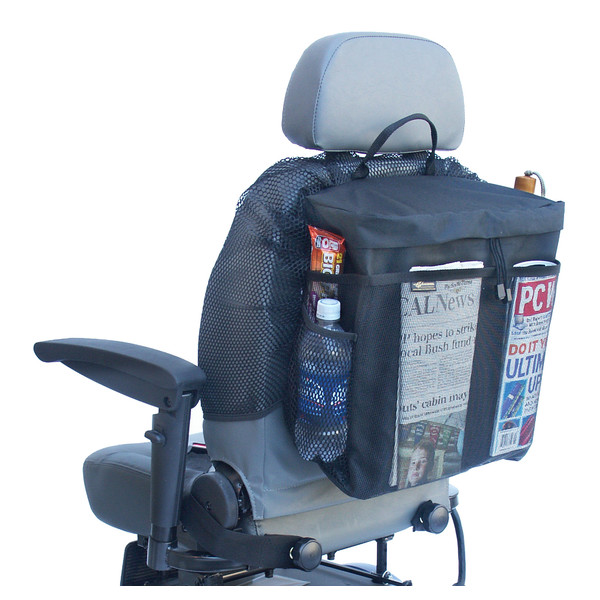Safety is paramount in healthcare and related industries. The Needlestick Safety Act protects healthcare workers from the dangers of needlestick injuries. These injuries can lead to serious health risks, including transmitting blood-borne pathogens. The Act mandates the implementation of safer needle devices and comprehensive training programs to minimize such risks. Understanding and navigating this legislation is essential for enhancing workplace safety and fostering a secure environment for healthcare professionals.
Understanding the Needlestick Safety Act
The Needlestick Safety Act, enacted in 2000, was a significant step forward in protecting healthcare workers from the hazards of needlestick injuries. This legislation requires employers to identify, evaluate, and implement safer medical devices, such as needleless systems and sharps with engineered injury protections. By doing so, it aims to reduce the incidence of needlestick injuries and the subsequent transmission of diseases like HIV, hepatitis B, and hepatitis C.
Key Provisions of the Act
- Safer Devices: The Act requires needleless systems and sharps with engineered injury protections. These devices are designed to prevent accidental needlesticks by incorporating features that reduce the risk of injury.
- Involvement of Healthcare Workers: One of the Act’s unique aspects is the requirement for employers to involve frontline healthcare workers in selecting safer devices. This ensures that those most at risk have a say in the tools they use daily.
- Training and Education: The Act emphasizes the importance of educating healthcare workers about the risks associated with needlestick injuries and the correct use of safer devices. Regular training sessions are crucial to ensure all staff members are up-to-date with the latest safety protocols.
- Recordkeeping and Reporting: Employers must maintain a detailed log of all needlestick injuries. This data helps identify high-risk areas and evaluate the effectiveness of implemented safety measures.
Implementing Effective Safety Practices
To comply with the Needlestick Safety Act and enhance workplace safety, organizations should focus on a few key strategies:
- Conduct Regular Risk Assessments: Regular evaluations of workplace practices and equipment can help identify potential hazards. Employers can proactively mitigate these risks by understanding where and why needlestick injuries occur.
- Invest in Training Programs: Comprehensive training programs focusing on correctly using safer devices and reporting injuries are vital. These programs should be ongoing to ensure all employees remain informed and vigilant.
- Foster a Culture of Safety: Encouraging an open dialogue about safety concerns and fostering an environment where employees feel comfortable reporting incidents without fear of reprisal is essential for maintaining a safe workplace.
The Needlestick Safety Act is a pivotal piece of legislation that significantly contributes to safer workplace practices for healthcare professionals. By mandating safer devices, involving healthcare workers in decision-making, and emphasizing education and training, the Act provides a robust framework for reducing needlestick injuries and enhancing overall safety. Organizations like Sharp Fluidics offer reliable solutions, supporting healthcare facilities in implementing effective safety measures and ensuring compliance with the Act.


